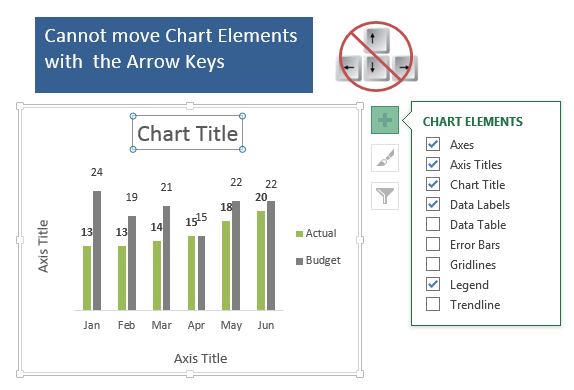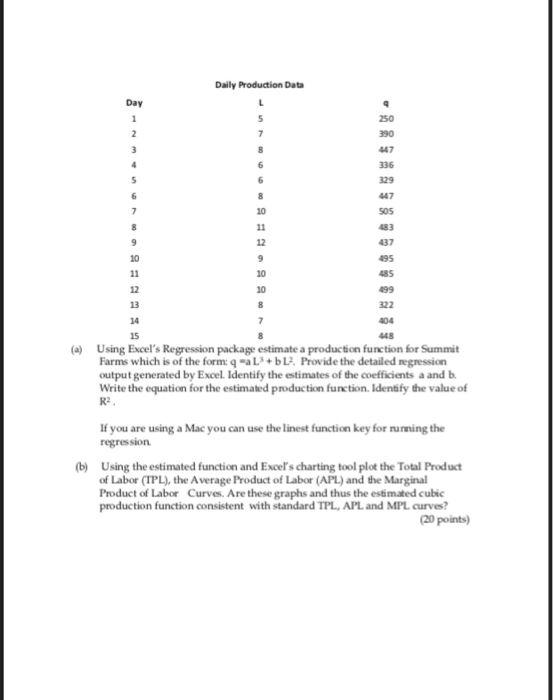

- GET THE LINEST ON EXCEL FOR MAC HOW TO
- GET THE LINEST ON EXCEL FOR MAC MAC OS X
- GET THE LINEST ON EXCEL FOR MAC MAC OS
- GET THE LINEST ON EXCEL FOR MAC INSTALL
Excel files are in fact, the industry standard for spreadsheets and used globally for a host of purposes. Overview of Excel FilesĪn Excel file, most commonly found with the extension ".xlsx", is spreadsheet software that comes with a host of calculation capabilities, pivot tables, graphing tools as well as macro-programming. Now, read on and get the solution for Excel file recovery on Mac.
GET THE LINEST ON EXCEL FOR MAC HOW TO
To help Excel users solve the data loss issue, this article shows how to retrieve deleted Excel documents and how to recover unsaved Excel files in some easy ways. Even the smallest of problems or issues with an Excel file can lead to a significant loss of data, and depending on how you use it- even hours of work that it took for creating that file. While most other files can be recreated or recovered easily, the same cannot be said for Excel files.
GET THE LINEST ON EXCEL FOR MAC INSTALL
Install the latest version of AutoUpdate and when it runs, let it do its thing.

If you were told no updates are available, you will have to install the current version Your copy of AutoUpdate may be too old to run in Mojave. If you use Suitcase, you should have at least version 9. This includes font management add-ins, such as Suitcase. If you have any add-ins such as WebEx, Mendelay, EndNote, Zotero, TypeIt4me, etc it is essential that you install the latest updates for Let AutoUpdate check for and install updates Go to the Help menu and choose Check for Updatesģ.
GET THE LINEST ON EXCEL FOR MAC MAC OS
To get Mac OS updates, go to the App store on your dock, and then click the Updates button to reveal available updates.Ģ.
GET THE LINEST ON EXCEL FOR MAC MAC OS X
Install Mac OS X updates followed by Office updates. Make sure your Mac has a working internet connection before checking for updates. If it is other than 16.16.4 please install updates, then test again and reply with the results. Please go to the Excel menu and choose About Excel to find the version information of your installation.


* Once complete conversation about this topic, kindly Mark and Vote any replies to benefit others reading this thread. * Beware of scammers posting fake support numbers here. (Apple menu>About This Mac)ģ.Does the issue happen in a specific workbook or all workbooks?ĭisclaimer: Microsoft provides no assurances and/or warranties, implied or otherwise,Īnd is not responsible for the information you receive from the third-party linked sites or any support related to technology. (Excel menu>About Microsoft Excel)Ģ.Your Mac version. If the issue persists, please provide the following information for troubleshooting:ġ.The version of your Excel. I'd like to suggest you try the followings to check the outcome:ģ.Launch Excel again and create a new workbook, create a scatter plot with smooth lines, see if the issue happens again. The data>go to Insert tab>X Y (Scatter)>Scatter>Scatter with Smooth Lines> then the chart is generated immediately. May steps are the followings: In a spreadsheet, create a table and insert data in it>select I test in 16.16.4 version of Excel on Mac Mojave, it works fine when I insert a scatter plot with smooth lines. Thanks for sharing your experience with us.


 0 kommentar(er)
0 kommentar(er)
